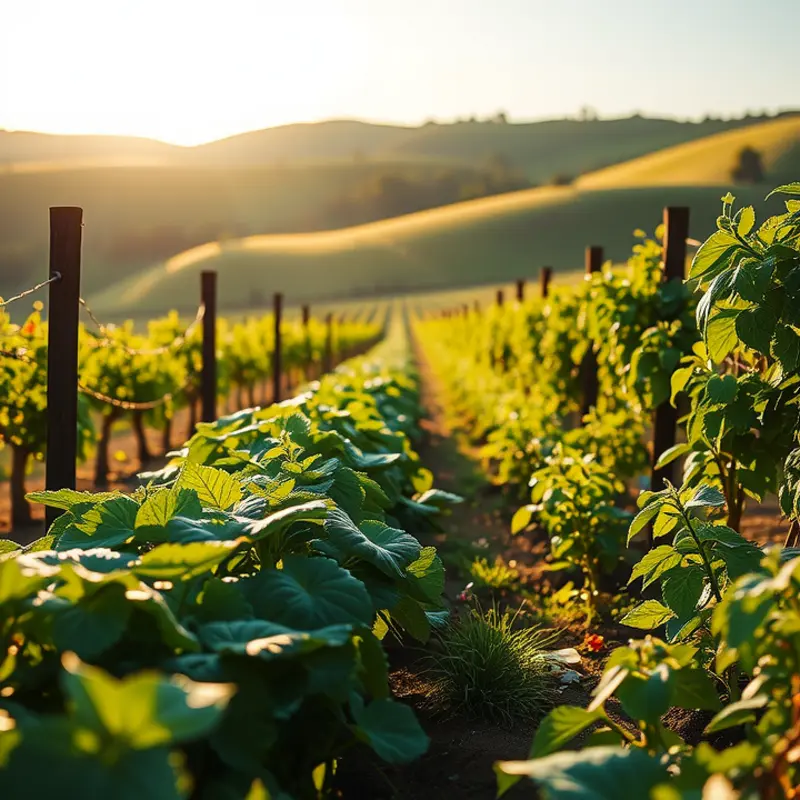Achieving the perfect soup texture can elevate your dining experience and impress your guests. Whether you desire a creamy bisque or a hearty stew, mastering texture is essential for any home cook. With a few adjustments and techniques, you can transform your soups into velvety masterpieces that beg for a second serving. Let’s explore essential methods that will enhance both flavor and consistency in your soup creations.
Building a Flavorful Base

Creating a rich and flavorful base is the cornerstone of any luxurious soup. The first step in achieving this is through the artful use of aromatics. Aromatics, such as onions, garlic, and leeks, lay the foundation of a soup’s taste profile. When sautéed in a little oil, these ingredients release their natural sugars, resulting in a deep and savory flavor.
It’s crucial to allow your aromatics to sweat gently over moderate heat. Avoid rushing this step; patience is key to coaxing out the complexities of each aromatic. As they soften and become translucent, the aroma will tell you that your base is ready to receive more layers of flavor.
Once your aromatics have reached perfection, the next critical component is the broth. Whether you opt for vegetable, chicken, or beef broth, the quality of this ingredient significantly impacts the final taste of your soup. Homemade broths are ideal, offering a fresher, more nuanced base free of excessive sodium and preservatives. However, if you’re using store-bought, choose low-sodium versions to better control the salt levels in your finished dish.
Enhancing the base flavor further involves choosing the right cooking method. Simmering your soup slowly allows the flavors to meld and develop. Rapid boiling can cause vegetables to break down too quickly, leading to a loss of both nutrients and flavor. Keep the heat gentle to maintain the integrity and enrichment of your soup.
A well-crafted soup base also benefits from additional layers of seasoning. Begin with moderate salt and pepper, gradually adjusting as needed. Fresh herbs such as thyme, bay leaves, or parsley can impart aromatic notes that elevate your soup’s taste without overwhelming it. If exploring spice is of interest, consider incorporating mild heat through subtle additions of ground spices like cumin or smoked paprika. These elements contribute a depth that is both warming and intricate.
This chapter scratches the surface of layering flavors. If you are intrigued by how specific herbs can impact dishes more broadly, there’s much to consider. For instance, using herbs that enhance sleep patterns can provide a pleasant complexity and offer functional benefits.
As we build toward the perfect soup, keep in mind that a balanced and nuanced base acts as a solid canvas. This groundwork will support and complement the textures and prominent flavors introduced in later stages of soup-making. Mastering this first step allows for the creation of soups that are more than the sum of their parts, pleasing your palate with each sumptuous spoonful.
Creating the Perfect Texture

Soup can be a comforting balm or a culinary adventure. Yet, its texture often defines which of those experiences it will offer. For a soup that makes every spoonful an event, focus on achieving the perfect mouthfeel using key techniques.
To start, consider blending methods. A simple immersion blender can transform water-based soups into velvety concoctions. Focus on reaching the bottom of the pot to ensure thorough blending. For a fine, silky texture, use a high-speed countertop blender. Be cautious not to over-blend ingredients like potatoes, which can become gluey. Limit blending to short bursts and check frequently.
Thickening agents are another crucial component. A classic roux—equal parts fat and all-purpose flour—adds depth and body. Whisk the roux into your soup base at the simmering stage, allowing it to blend completely. For a gluten-free alternative, consider whisking in a slurry of cornstarch and cold broth. This technique should be employed slowly to prevent any clumping.
For those seeking a dairy-free solution, use nuts or seeds like cashews or sunflower seeds. Soften them in water before blending into a smooth paste. This addition not only thickens but enhances the creaminess naturally. You can learn more about various thickening solutions in our dairy-free thickening solutions guide.
A well-rounded soup often features textural contrasts. Add interest with varied cut sizes—tiny brunoise for subtle crunch, larger dices for bold texture. For a surprising burst, stir in a handful of lightly cooked grains or pulses before serving. Toasted seeds or nuts can offer not only texture but a nuanced flavor that complements the overall profile.
In some cases, simplicity speaks with more depth. A classic French soupe paysanne combines thinly sliced root vegetables to provide layers of texture while maintaining an earthy sweetness. Let the natural structure of ingredients shine by cutting vegetables in different shapes and sizes.
Finally, think about garnishes. They transform a basic soup into a crafted experience. Drizzle infused oils, sprinkle fresh herbs, or add a dollop of cream or yogurt. These additions should not just sit on top but be stirred in gently, creating a new layer of exploration with each bite.
Soup texture isn’t just about thickness; it’s a balancing act of flavors and consistencies that come together to form a cohesive whole. Remember, the goal is to create an engaging mouthfeel that keeps spoonfuls exciting from start to finish.
Final words
Improving soup texture is not a daunting task; rather, it’s about understanding and implementing key techniques that work for your specific ingredients. By focusing on building a flavorful base and experimenting with texture-enhancing methods like blending and thickening, you can create soups that are not only delicious but also visually appealing. Remember, texture adds depth and interaction to each spoonful, making your homemade soups memorable. So roll up your sleeves and start experimenting; you’re on your way to crafting soups that won’t just warm the heart but will delight the palate as well.







